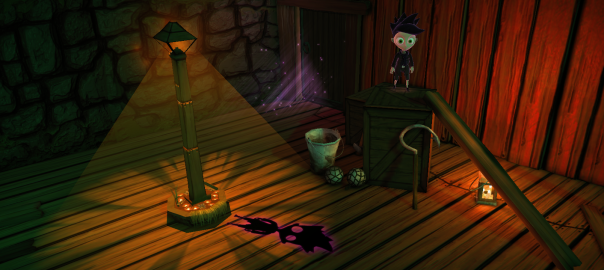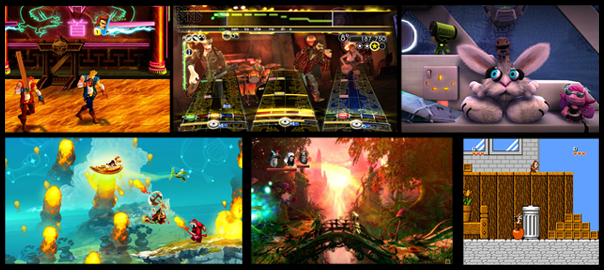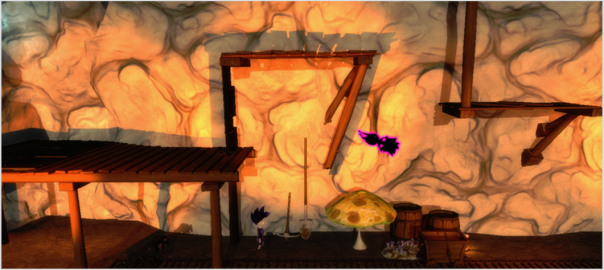In our previous “Tagalong Trap” post we talked in general about cooperative games, what components make them “true co-op games” where both players perform active and meaningful roles. We also cited examples of how we implemented these components when designing Shadow Puppeteer.
This time, we will go more into depth about specific ways of working when developing co-op games and give examples of how this was done for Shadow Puppeteer.





